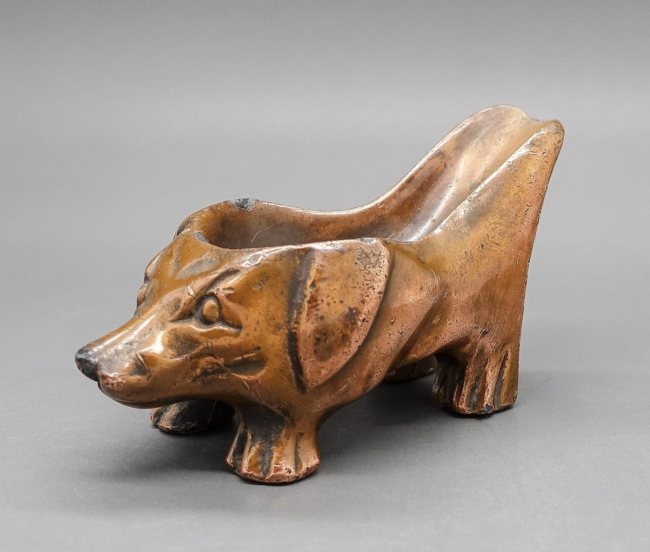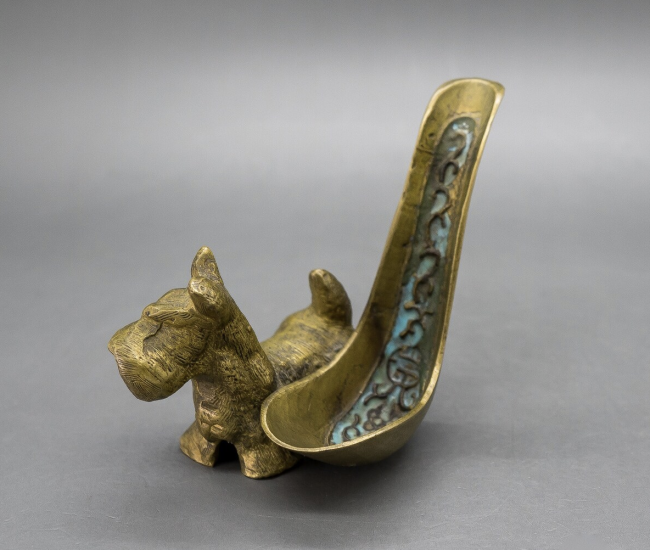Today’s young person would probably be astonished to see how much the “culture of smoking” surrounded the youth of their parents and grandparents. From print advertising to TV commercials, smoking was made all the more glamorous when icons of the silver screen “lit one up” and made it look good. It wasn’t just cigarettes that one could puff upon; cigars and pipes were also tools of the tobacco trade, though during WWI, cigarettes overtook pipe smoking as the most popular way to inhale nicotine because smoking a pipe could get you killed (well, killed faster, anyway). Pipes required that tobacco be kept dry, and they had to be relit frequently which attracted the attention of the enemy. No, “coffin nails,” “fags,” or “smokes,” all slang terms for cigarettes, were quick to light, easy to smoke, and often free since some were included with ration kits. Little wonder that during the war, the rate of smoking tripled.
We promise, we do get to dogs.
Over several generations, we’ve learned how harmful smoking can be to one’s health, and for that reason (plus, the astounding cost of a pack of cigarettes nowadays), one doesn’t see the accoutrements of tobacco smoking on a daily basis like we used to. We’d go so far as to guess that most households don’t contain a single ashtray, let alone a jet lighter, both of which were once easily found in the average home. These days, some folks will light up a cigar for a special occasion, but pipe smoking has really declined. Between 1965 to 1991, the prevalence of men lighting up a pipe in the United States dropped from over 14% to 2.0%. Statistically speaking, by 1991, pipe smoking was found among men older than 45 years. These days, the hobby seems limited to certain demographics, other groups more attracted to vaping.

Photo by CHUTTERSNAP on Unsplash
And we promise. The subject of dogs is still coming.
Since the 17th century, pipes have been made from silver, brass, wood and or pewter, but a pipe is still easy to break apart since it’s made up of several parts that include the bowl, shank, stem, and mouthpiece. Pipe smokers, then, stored their pipes in stands to keep them safe while allowing them to cool off without spilling the embers of tobacco or ashes.
Early on, pipe stands were pretty basic as you see in the photo which shows a multiple pipe stand. Human beings being, well, human, we got decorative and started to make pipe stands out of different materials that showed off intricate craftsmanship. Pipe stands became artsy as they incorporated elements of the natural world like …….(wait for it) ……..dogs!

This copper-plated dachshund metal single pipe holder made by Ronson is hallmarked with the 1933 date, a souvenir of the 1933 World Fair in Chicago. As we write, it is for sale on Etsy:

The Internet is loaded with sites selling dog-centric pipe stands, from Bloodhounds and Boxers to German Shepherd Dogs and sporting dogs. and most seem to be available for under $100.
